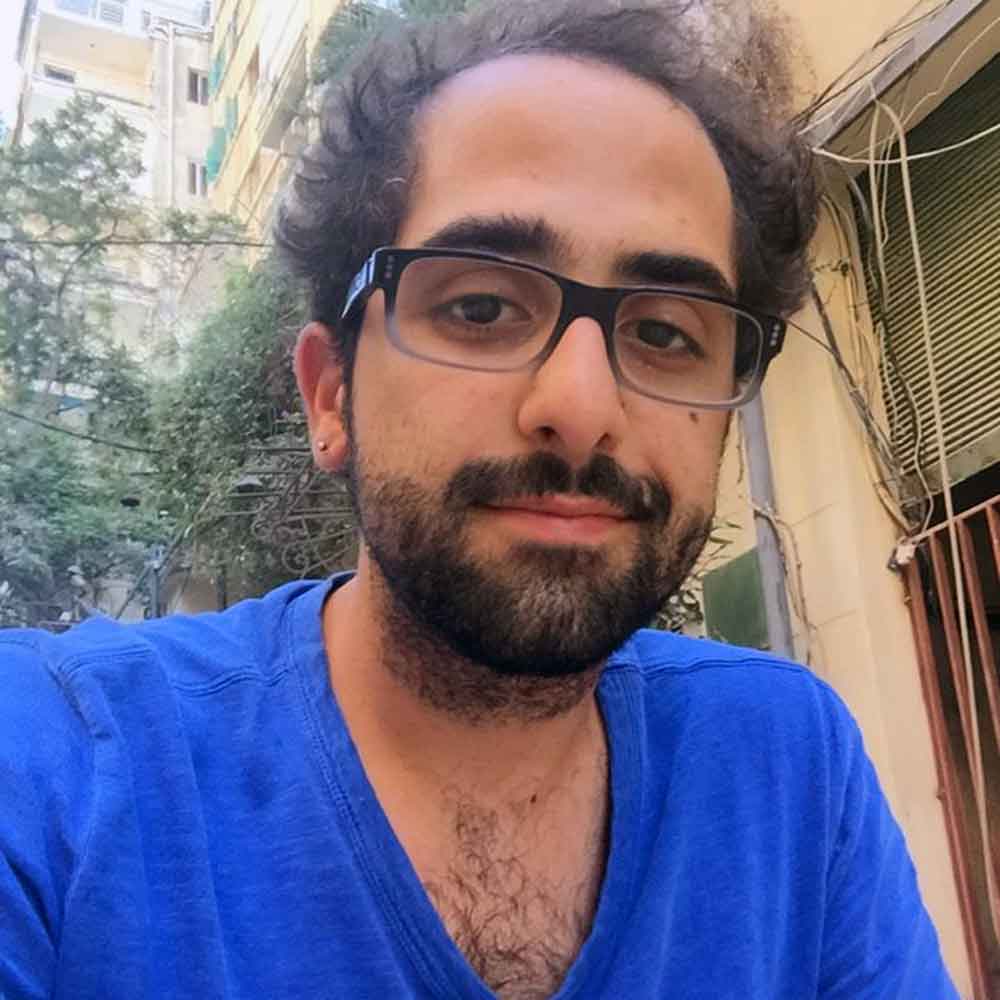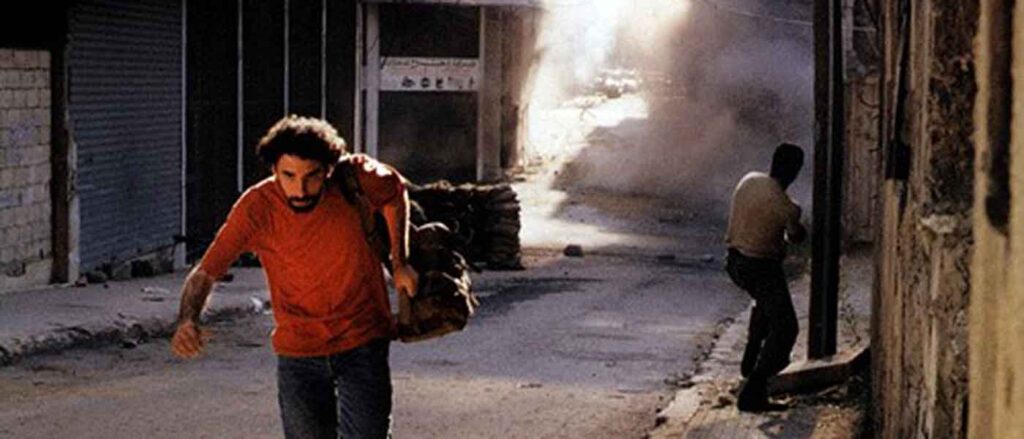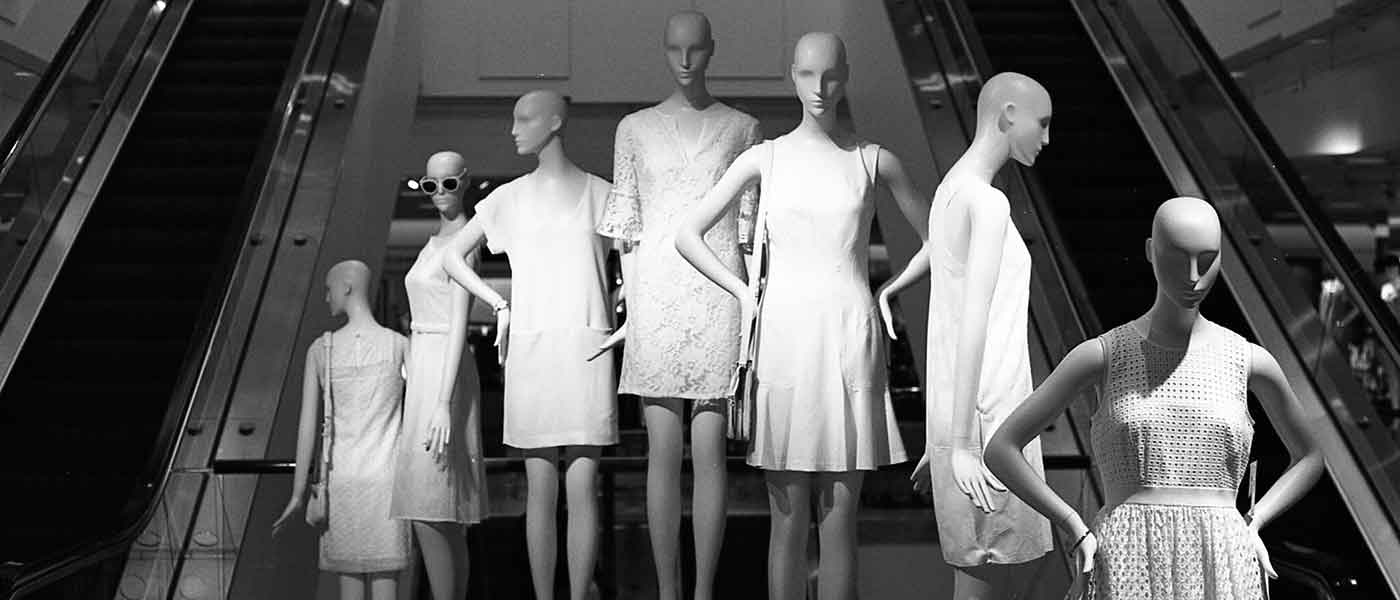When I was very young, we used VCRs. Soon after, of course, we switched to laserdiscs before DVDs, and so on and so forth, but even today, that original machine is still familiar to me. In fact, I am sure it is easy for many to recall its flat and rectangular face with swinging flap and bronze boots, its smooth steel studded with silver screws extending deep into the television cabinet. It is probably also easy — with some effort of the imagination — to recall what it felt like to open up the cassette case with its cheap plastic sheaths, being careful to keep the label in place. Always, the smell of chemical residue would flare up, each time less and less. You pull the tape out and check through the clear bits to see whether someone forgot to rewind the film. You hold the cassette up with its back to the VCR’s mouth as though it were some odd biscuit for the machine to eat. And then, as you slowly slide the cassette in, for a brief moment, just as the flap opens up in acceptance, you catch a glimpse of the blackness inside.
I dwell on this obsolete ritual because there was something to it that stayed with me. Specifically, it was inserting the cassette and the brief moment at which the space ahead of it — inside the machine, dark and invisible — that would recurrently spark my imagination. This spark would take a moment to manifest. I would first have to hear the electric whir of the VCR, then go to the couch with the remote in hand. Only then would it occur: I would suddenly visualize the characters in the film slowly spilling out of the cassette, filling up the inside of the VCR and rushing to its back, through its cables, and up into the television. Just like that, every time. And when the characters appeared on-screen, I would instantly forget about this brief fantasy and become engrossed in the spectacle.
When the film came to an end and it was time to collect the cassette, I would eject it, and in the brief moment that it would take this command to be processed, I would imagine all the characters sliding back down the cables, into the machine, and scurrying across the blackness into the film. Full circuit, the day done. Cassette in hand, I would then imagine that I saw them, Pharaoh-wise plastered to the blackish film strip, waiting until the next time I summoned them.
Looking back at this recurring fantasy, I see clearly now how my attention was so easily led from the cassette and the player to the screen through these structural elements of film-watching; and though my imagination showed a glimmer of resistance, inserting itself as it did into the blackness that lay between, tunneling into the machine in order to reflect some quirk of my child’s intellect, these were more a document of my dimming creativity than a testament to anything worthy of note. It never amounted to more than anything but a short, mindless procedure, a brain tick designed to pass the time until the film came on. But what exactly do I see in this fanciful compulsion? What could possibly be so significant about the chasm that briefly called forth my imagination each time I inserted the cassette and peered ahead of it into the machine? Why do I return to it now? I don’t think there can be a direct answer to this question, but I will offer three sideways glances at it, three perspectives that will hopefully serve to bring into relief what I’m getting at.
1
When lovers argue, depending upon the severity of the disagreement as well as on the intensity of the relationship, there is always a varying set of issues that are not to be raised. That is, unless someone is seeking confrontation. In this way, more often than not, as a relationship progresses, one of the pair typically says something in a way designed — whether consciously or not — to elide these boundaries, and depending upon the mood of the receiver, the gaps are successfully maneuvered or not. What structures do these familiar lines of conversation carve out?
In order to avoid something, a person has to know — at some level — what it is that they are avoiding; but this does not mean that every conversation between a couple is an explicit game of strategy. It is a fact that some of these shifts in conversation get internalized. Moreover, this internalization can do a lot to build trust, security and confidence. In this way, knowing what to say — and, thus, what not to say — forms a closed circuit, one in which all objects and procedures are managed and no danger is encountered. In the end, it seems to us that there is no sense in poking our noses into things better left unsaid.
But such assiduous avoidance can also whittle away at a critical understanding of one’s circumstance. This is a lot like carving a pumpkin too thin: the real form becomes all the unmanaged blankness. In extreme cases it can become as shortsighted as wishing one’s garden weeds away as they come busting in through the glass. As in, the issue inevitably rears its head and catastrophe invariably strikes: the voice drops, the eyes narrow, and the universe jars to the tolling of anger’s bell. At these times, it seems necessary to poke our heads under the hood.
These spaces that exist between lovers — much like, but importantly different to, that of family members — are double-edged: in one sense, they can cushion the bites of life, bringing people together in order to shield themselves from the contingencies of luck and bad intention. But they can also numb our sense of reality, leaving one to forget that there is much eating away at each person individually, and that is drawing them farther apart over seas of silent “not-to-be-thought”’s and “lest-they-be-said”’s.
In the end, it could be suggested that a central feature of our humanity — love — is often constructed on the basis of avoided locations, gaps, and chasms. As it happens, however, relationships are just as often repaired and saved by finally trekking across the terra incognita lying beneath the surface of everydayness. It is this capacity for off-road excursions that is more worthy of our while. What is required for this trek?
Just as we have an awareness of the insensible landscape separating two people, our manner of apprehending this awkward space cannot always be done with an eye toward practical results. And when practicality is thus given the back seat, there is a lot for the imagination to spring forth and do. In these empty expanses, lovers might often find it helpful (or therapeutic) to allow their imaginations a refreshing gallop. We have all managed, by such an act of imagination, however dim and fleeting, to see ourselves overcoming our petty and inconsequential grudges and issues. There is always a potential for looking at even the most serious offenses with a playful eye, willing to set ourselves at a distance in order to, as it were, take in the landscape as a whole — to see our lives from a historical perspective. It is only when you take this long view do you really come to see what your situation is, what its causes and effects really are. Whether this helps save your relationship is another matter, but what counts is that for a moment, you are extracted from the circuit of everydayness.
These imaginative forays should be, and in fact are, exciting and invigorating, much in the way that my VCR fantasy was. The vigor comes from the realization that even something as personal as love can be radically opened toward the acceptance of what otherwise might have been interpreted as self-compromise or betrayal.
2
It is often heard that the artist’s job is to break with clichés. First attempts at art are fraught with potential for repeating the overdone (if not the flat-out boring.) The soundest advice, then, would be to avoid relying too much on worn-out images, themes and motifs, and doing so requires that you engage with contemporary concerns and discussion. The idea is to extract the ever-new from the ever-expanding horizon of our daily experience. In the face of this appeal to experimentation, there is nevertheless something to be said about settling down and thinking through what is old in our heritage and trying to figure out — again — what made these clichés ubiquitous in the first place. It is not about simply reimagining some relic into a novel application. Instead, I am thinking about inserting oneself into the very state of mind that gave birth to the cliché in the first place. And just as the point is not to transport that object into the future for some new function, neither is it the point to simply relive some past way of thinking and creating; between these two extremes there is room for some interesting, imaginative exercise.
There is a Lebanese filmmaker working in Lebanon today named Ghassan Salhab who has been active since around the time that the civil war came to an end in the early ’90s. What one immediately learns from Salhab, particularly from his early films, is that although the armed conflict has ceased, the war, in the form of its causes and ramifications, has not. Yet, from the very first feature film (Ghosts of Beirut, 1998) until his most recent (The Valley, 2015) this theme — the war — has been worked and re-worked into an almost imperceptible form. It is this gradual shading away of all that is immediately visible in the theme in the interest of baring its concealed form that is all at once intriguing and startling.
In the early works, the war appears either as the immediate background of the plot’s main action or else as a near-distant cause of the particular circumstances of each character; either way, the war, recognizable precisely as the Lebanese civil war, is almost a character in its own right. The prevalent themes addressed were about individuals who are either unable to move beyond the war mentality or who simply do not want to due to a kind of Stockholm syndrome they cannot overcome. Many of Salhab’s characters are caught up in cycles that his viewers are meant to diagnose as residual symptoms of a war that has not quite ended.
All this takes a sudden turn with The Mountain (2010), in which almost all overt reference to the war, as well as to the city of Beirut itself, is dropped. On the surface, it seems that he has replaced his usual preoccupations, and that his interests have shifted. Yet nothing changed in his focus on the war; rather, his engagement with the cliché had become more profound. This profundity can be seen as a giving of free expression to his imaginative engagement with the war. The Mountain is devastatingly expressive of feelings of solitude and suffocation. It spurns all narrative and tends toward an abstract and timeless portrayal of one man’s self-examination. Its accomplishment is to portray a mood that exemplifies life during and after the later stages of the war.1
In the next film, the entire nation and region are annihilated by a war that, for the most part, goes unseen throughout the course of the long and, at times, painful film — leaving more to the imagination than it might reveal to the eyes. Ironically, however, for a film that aims to actually portray war, the conflict seems to originate from beyond the Lebanese borders and thus has nothing to do with the country’s specific history. But against this foreign aspect of the film is a stronger, more emotive feature that carries the mood of total isolation and loss captured in The Mountain. The war comes, in all its exaggerated and catastrophic violence, to encapsulate the sense of dread that people in Lebanon today just cannot seem to shake: that all reality as we know it could be taken away at any moment in the most irrational and savagely unforgiving manner.
In this way, the progression of his films and their fixation on a cliché served to work back toward a pure emotive state, which can be read as a portrait of current Lebanese malaise. Salhab thus transformed the cliché into an opportunity for pure affective expression. In other words, his work over two decades paved the way toward a space where art forces us to cease fleeing where we come from.
3
Imagine a country that is experiencing a bout of long-overdue political dissent. Without going into detail, this imaginary situation could be summed up in the following way: decades of neglect have led to remarkable gaps between the rich and the poor, the privileged and the unsecured. In addition, sectarian wounds from a historical conflict that is not quite resolved yet have festered and found expression within a political arrangement that only nourishes these divisions. Altogether, the situation feeds upon itself as it lurches from one crisis to the next.
Despite the deep and harmful socio-economic divisions, however, overthrowing the current establishment is in the interest of the majority — both middle class and poor, privileged and destitute. What this means, however, is that massive portions of the population, which have had little or no contact in the past, are now thrown together under a common cause; their new, shared purpose is to seek a government that is capable of serving them. The obvious obstacle, then, is trying to build lines of communication and trust that will allow this movement to progress.
One could imagine that this obstacle manifests itself in the discourses that emerge amongst protesters, revolving around issues such as how best to seek change in terms of protest strategies and tactics, what issues come first on the agenda for change, and many other topics. Much of these discussions take on the form of voicing demands that stem from very particular perspectives and interests. What sort of effort does it take to bridge these differences if we are not simply willing to leave it to some mythical force of history to gather these people together?
One suggestion is to rely on the elasticity of thought and empathy. The task is not simply to relate with members of your society that are far removed from you — that would be impossible (and useless); the task, rather, is to distance yourself from your own interests and prejudices in order to better gauge them against those of others. How does this work? In a manner analogous to that of the lovers discussed above, the idea is for each individual to develop a political imagination that is capable, not only of providing visions of liberation for particular sets of citizens, but also of encapsulating the landscape of hopes, complaints and desires as a whole. That is, to locate the emerging discourses during times of unrest against a common background.
This is not a political manifesto, but a suggested subjective orientation for the politically active. This type of thought can, once directed not toward particular ends but toward bilateral understanding, prod political contestation toward a being radically open to a binding of what otherwise might have played out as rivalry and conspiracy.
4
What has become clear over the course of these reflections is an ever-present opportunity for escaping established patterns of feeling, thought, and action (in that order.) The vehicle of escape — and not of escapism, it should be said — in each case was precisely the thing tugging me into the black and empty space inside the VCR. That is to say, imagination. In this way, it becomes clear just how much of our daily life is surrounded by the unapparent, the unreflected, and the undone. Becoming aware of these gaps, spaces, and chasms is part of education, and part of the quest to learn more deeply what we already know — but only superficially. In each case, the task is to push the imagination more deeply into the abyss, delaying longer and longer modern life’s inevitable snap back to attention.
1 Tellingly, during a lecture I gave in 2013 about this film, members of the audience were shocked that I interpreted it as another one that deals with the war. The Q&A session witnessed a brief clashing of opinions, which I think was symptomatic of the current mood in Beirut regarding artistic portrayals of the war: people almost wanted to drag Salhab, who is perhaps the country’s most gifted filmmaker working today, away from embarrassing himself any further with thought about the war. Needless to say, I wanted them to see his greatness precisely in persisting in his meditation on it.




